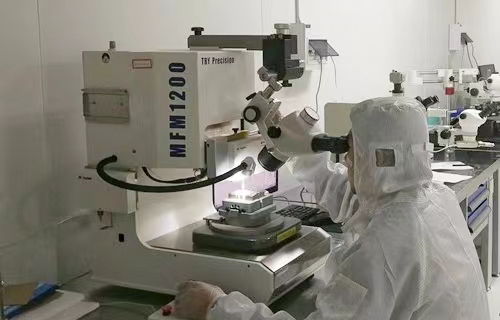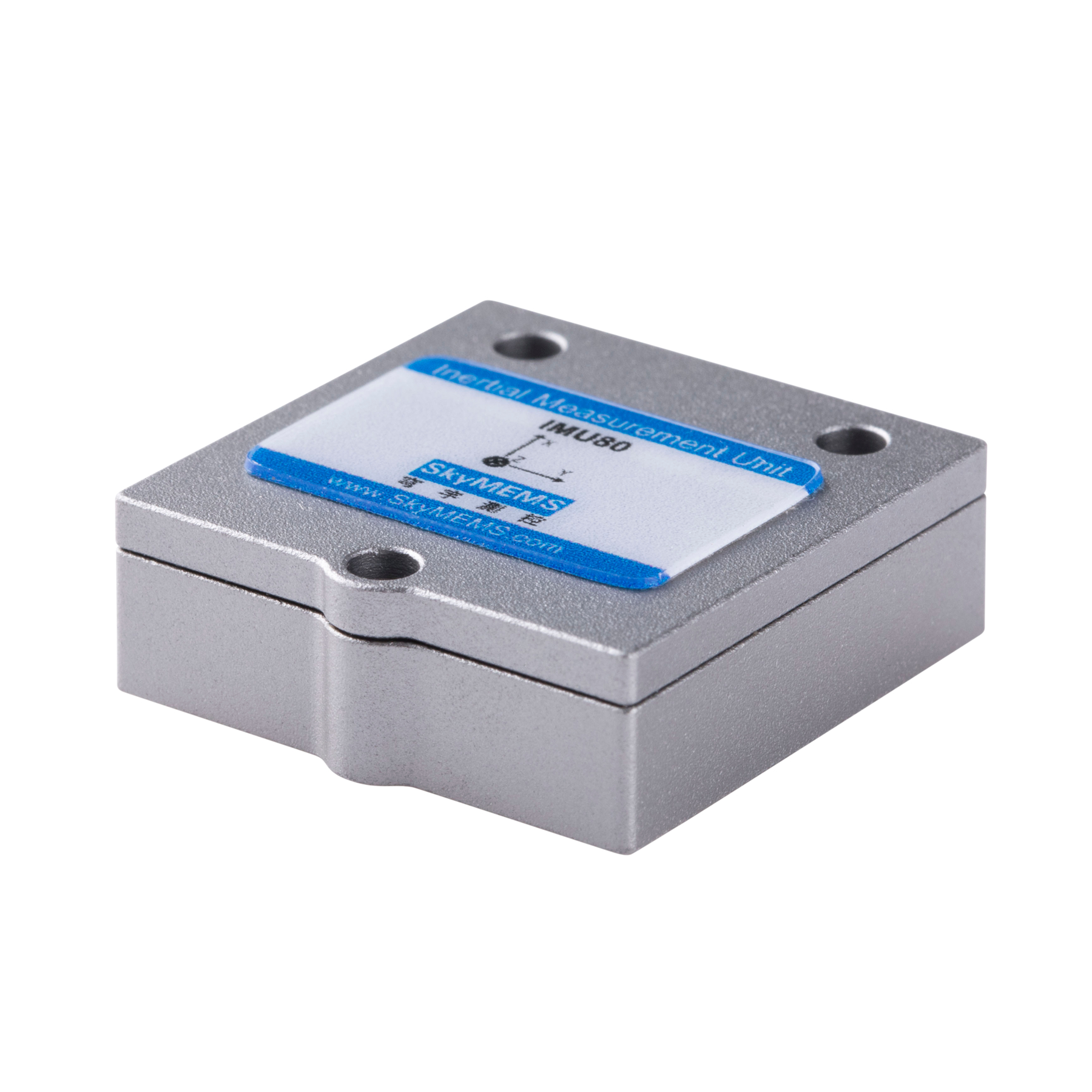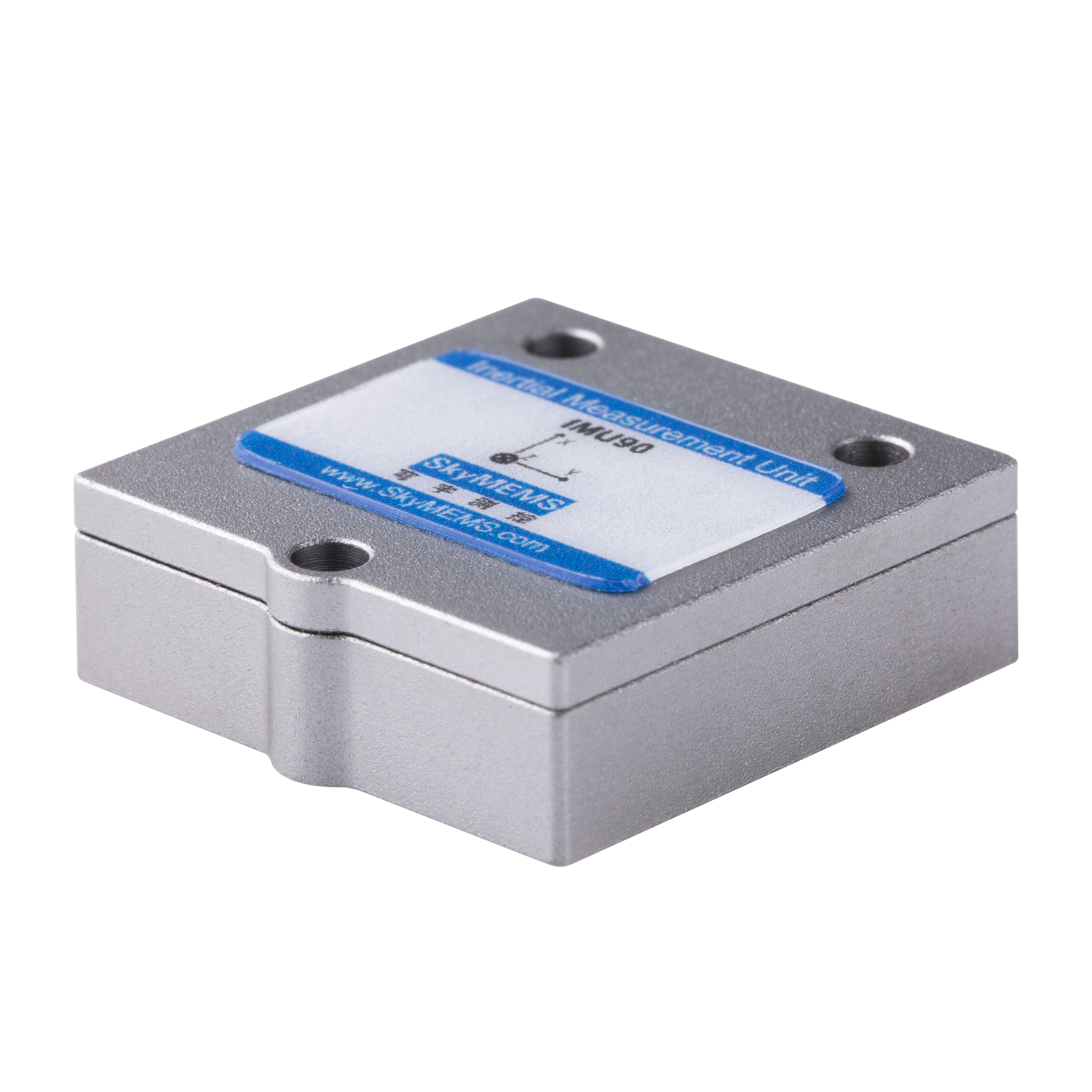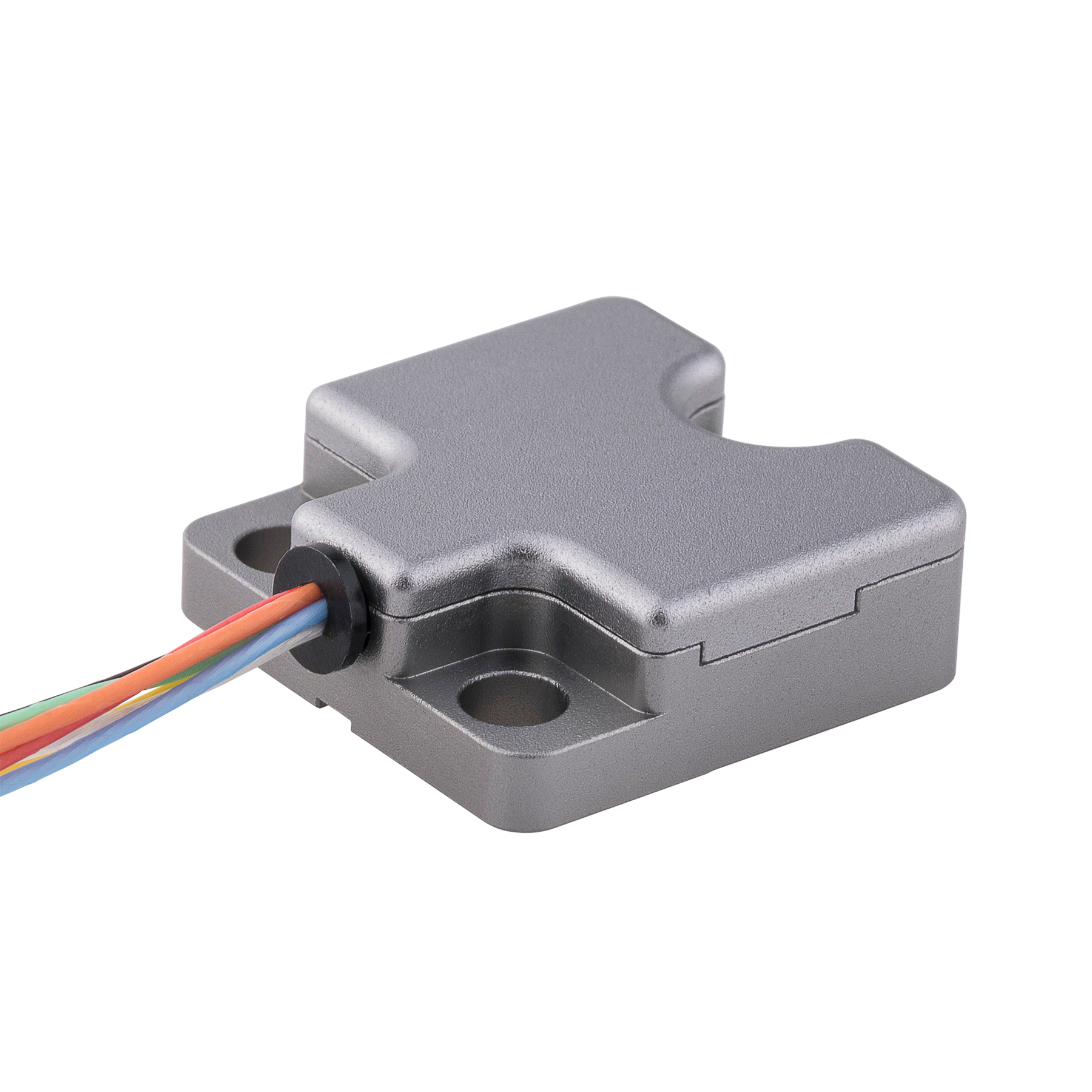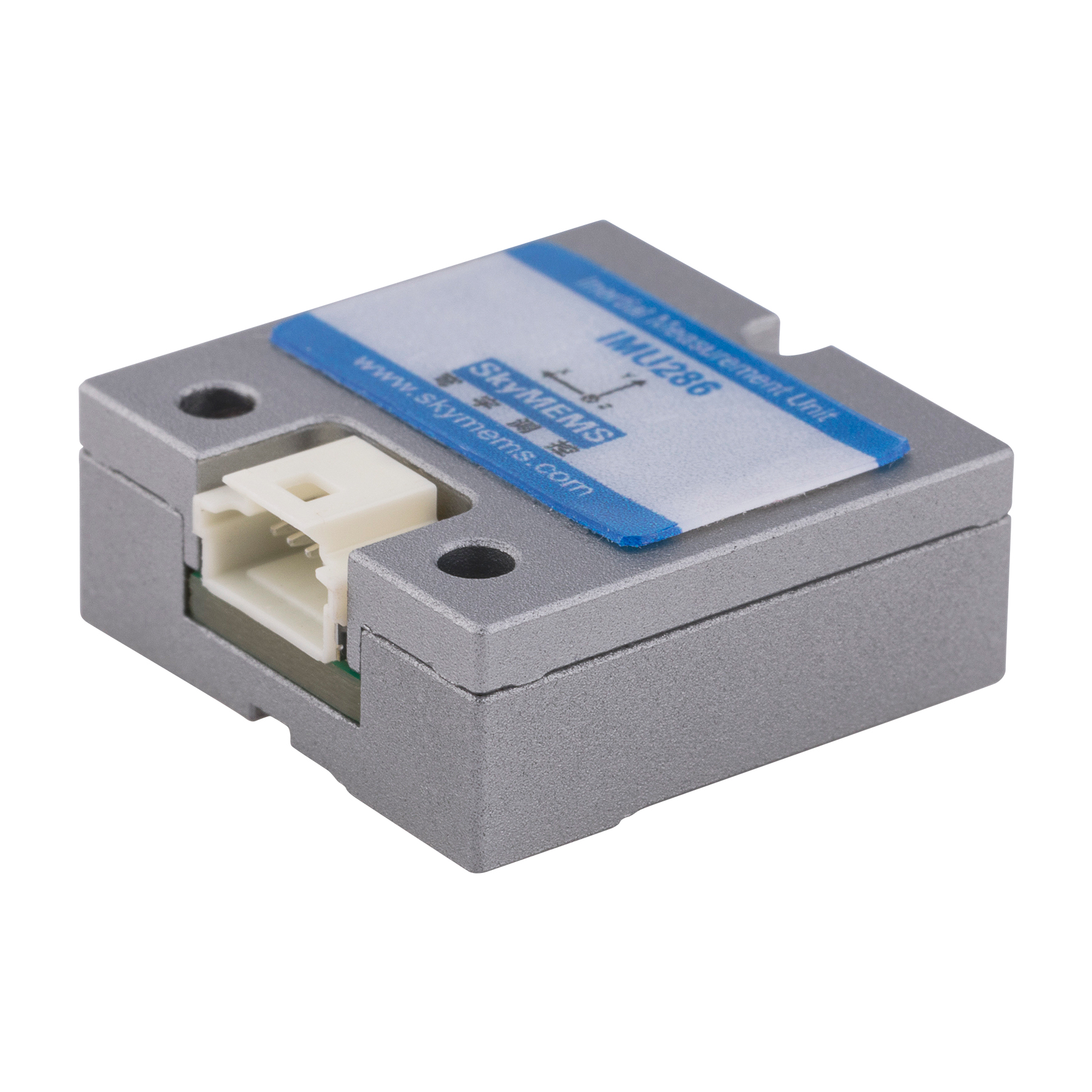An inclinometer is a precision instrument for measuring the angle of tilt, inclination, or slope relative to gravity. Sometimes referred to as tilt sensors, clinometers, or slope sensors, output from these devices finds applications in many different industrial, construction, aerospace, and consumer areas. Accurate angular movement detection allows for the automation and safetƴ of systems as well as their efficiency, where critical levels of orientation and level are critical
Principles of Inclinometer Sensor
Inclinometers work based on a simple principle of measuring angular change relative to gravity. This is mostly achieved through:
- Accelerometers: Gravity is measured as a vector; tilt angle is calculated from that.
- MEMS Technology: Micro-Electro-Mechanical Systems integrate mechanical and electrical parts in miniatures; this makes compact and very sensitive inclinometers.
- Electrolytic, capacitive, or pendulum-based mechanisms: Used in legacy or high-precision applications.
The tilt is usually given in degrees (0–360°) or as a % of slope. These values are changed into electronic signals and sent to a display or control system.
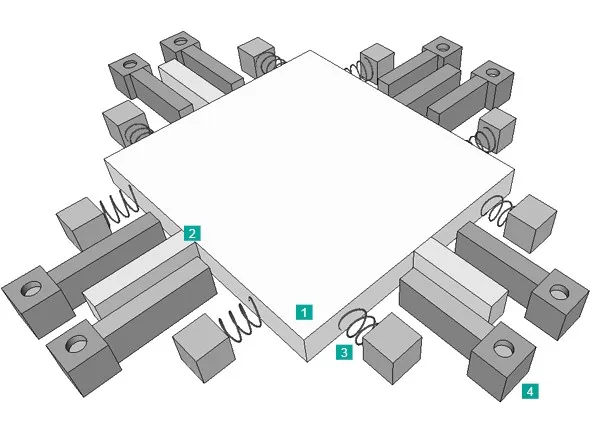
Parts that Make Up Inclinometers
- Measuring Unit: The Main part that senses tilt (for example, MEMS chip)
- Signal Processing System: Changes raw data into usable output
- Output Interface: Lets the inclinometer talk to other external devices (like RS232, CAN, analog)
- Housing and Mounting System: It protects the sensor and facilitates secure attachment to any surface.
Types of Inclinometers
A. Based on the Environment of Use
- Static Inclinometers: Measure angle of tilt when stationary. Suitable for applications where dynamic motion is absent.
- Dynamic Inclinometers (Vertical Gyros): For use in moving systems. They gyrostabilize or use sensor fusion algorithms to filter out noise related to motion.
B. Based on Axis of Measurement
- Single Axis Inclinometers: Measure tilt along one plane only (either pitch or roll)
- Dual Axis Inclinometers: Measure pitch and roll at the same time. They are typically used in leveling systems and platform monitoring.
C. Based on Output Interface
Digital Inclinometers:
- RS485
- RS232
- TTL
- CAN (Controller Area Network)
Analog Inclinometers:
- Voltage Output (e.g., 0–5V, 0–10V)
- Current Output (e.g., 4–20mA)
D. Based on Protocol
- Hexadecimal Protocol
- MODBUS Protocol: It is widely used for industrial control integration in SCADA and PLC systems.
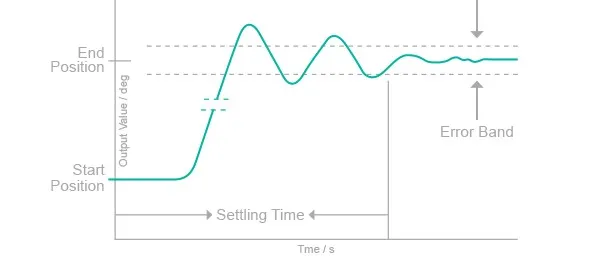
Applications of Inclinometer Sensors
The use of inclinometers spans a wide range of fields:
1. Renewable Energy
Solar Tracking Systems: Guide the solar panels to follow the sun, thereby maximizing energy output.
2. Civil and Structural Engineering
Building Monitoring: Monitor structural shifts in skyscrapers and tall buildings.
Bridge and Dam Monitoring: Detect angular deformation at an early stage, whether it is due to pressure or movement of the ground.
Shield Tunneling: Maintains the correct angle of the tunnel during underground construction.
3. Machinery and Automation
Heavy Engineering Machinery: Maintain safe and level operation in cranes, excavators, and bulldozers.
Trucks Loading from Above: Prevent tipping and make sure the platform is stable.
4. Transport
High-Speed Train Track Leveling: Make sure smooth and safe train operations by leveling tracks.
Aerospace: In aircraft, inclinometers help with turn coordination and flight stability.
5. Oil & Gas
Oil Drilling Rigs: Used in monitoring borehole deviation and rig leveling.
6. Healthcare Technology
Surgical Tables and Imaging Equipment: Make exact angular adjustments during procedures.
7. Industrial Automation
Robotic Arms and Platforms: For orientation control and spatial calibration.
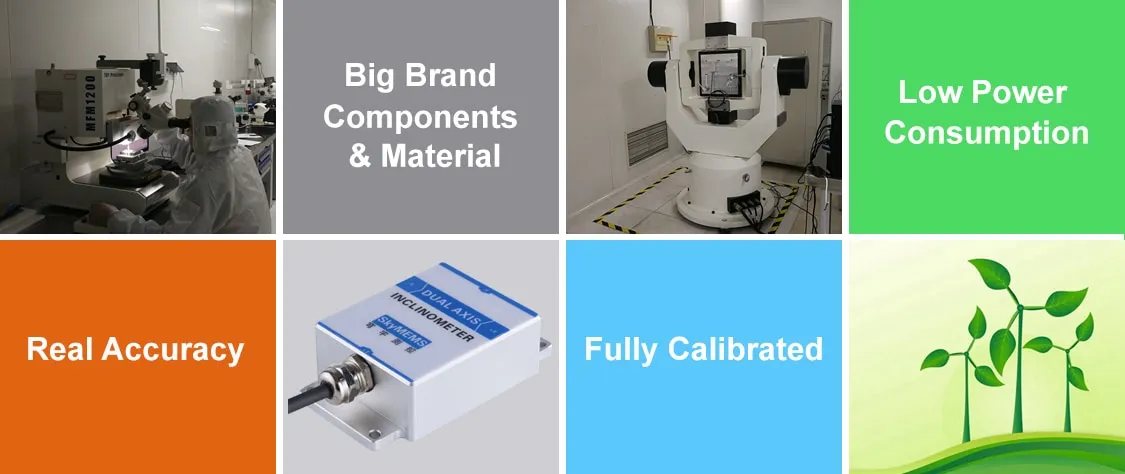
Choosing an inclinometer
- Accuracy requirements: Choose a low-noise, high-resolution sensor for applications requiring high precision.
- Operating environment: Choose rugged, waterproof, and temperature-resistant sensors if the operating conditions are harsh.
- Output format: Should be compatible with existing control systems.
- Response time and stability: Important for dynamic applications.
Mounting orientation and size constraints
Calibration and maintenance
Regular calibration maintains accuracy over time. Inclinometers ideally should have:
- Factory calibration with temperature compensation and linearization.
- Self-diagnostics to detect drift or damage to the sensor.
- Ways to Recalibrate: Try out software or maybe firmware interfaces.
Inclinometer vs. Gyroscope vs. Accelerometer
While inclinometers, gyroscopes, and accelerometers all detect motion or position, they serve different roles:
| Sensor | Measures | Suitable For |
|---|---|---|
| Inclinometer | Tilt angle vs. gravity | Static and slow dynamic applications |
| Gyroscope | Angular velocity | High-speed rotation detection |
| Accelerometer | Acceleration including gravity | Motion sensing and tilt (short-term) |
For dynamic environments, sensor fusion using all three is often used to obtain reliable orientation data.
Future Trends in MEMS Inclinometer Technology
Next generation MEMS inclinometers will be comprised of:
- Much higher miniaturization, achieved through further development in MEMS.
- Wireless communications: Bluetooth, LoRa, Zigbee-enabled sensors.
- AI Enhanced Signal Processing: Smarter filtering and prediction for motion compensation.
- Battery-free designs: Energy harvesting technologies enabling remote deployments.
SkyMEMS provides a full range of tilt meter sensors, starting from cheap entry models to high-accuracy systems made for defense and aerospace. With help for many protocols, tough designs, and advanced sensor mixing rules, SkyMEMS products meet different industrial needs with great performance. Well-known product lines include:
- IMU100 Series: Basic MEMS-based tilt meters
- VG600 Series: Dynamic tilt meter with built-in gyroscope
- INC400 Series: High-accuracy industrial tilt meter that supports MODBUS
Inclinometer sensors are essentially used for accurate measurement of angular displacement across diversified applications. This critical need places them at the heart of modern engineering and automation, from ensuring a platform can maintain stability to checking that critical infrastructure has not been compromised. Technology will make inclinometers more precise, smaller, and smarter, allowing systems to be much smarter, safer, and efficient.

